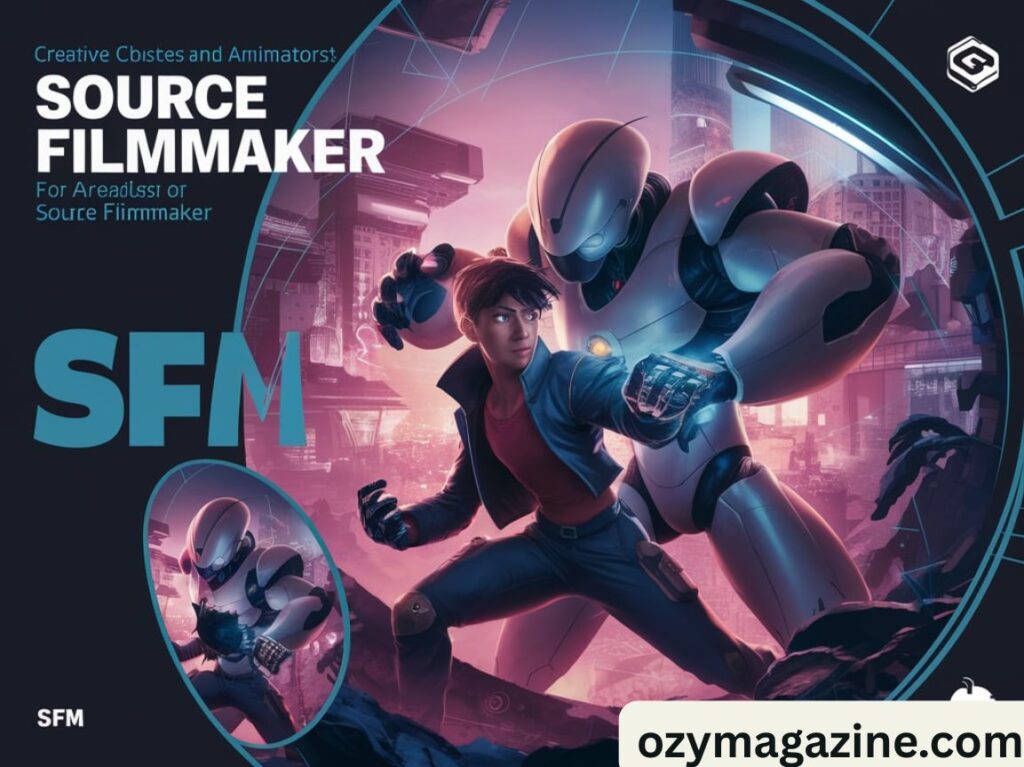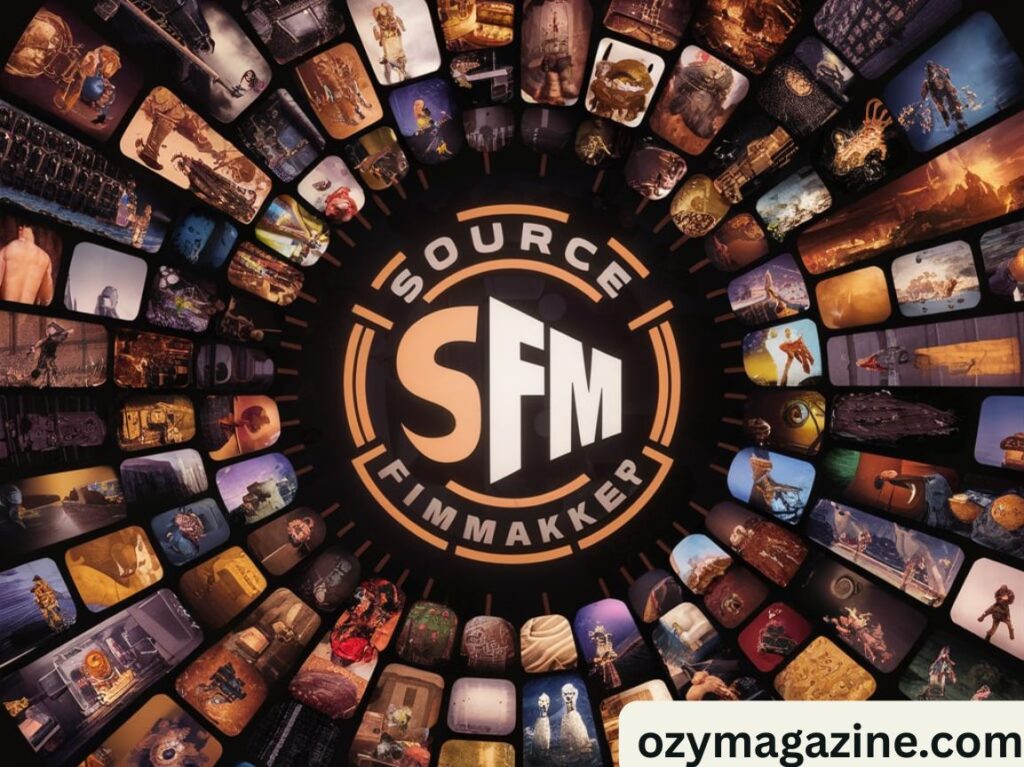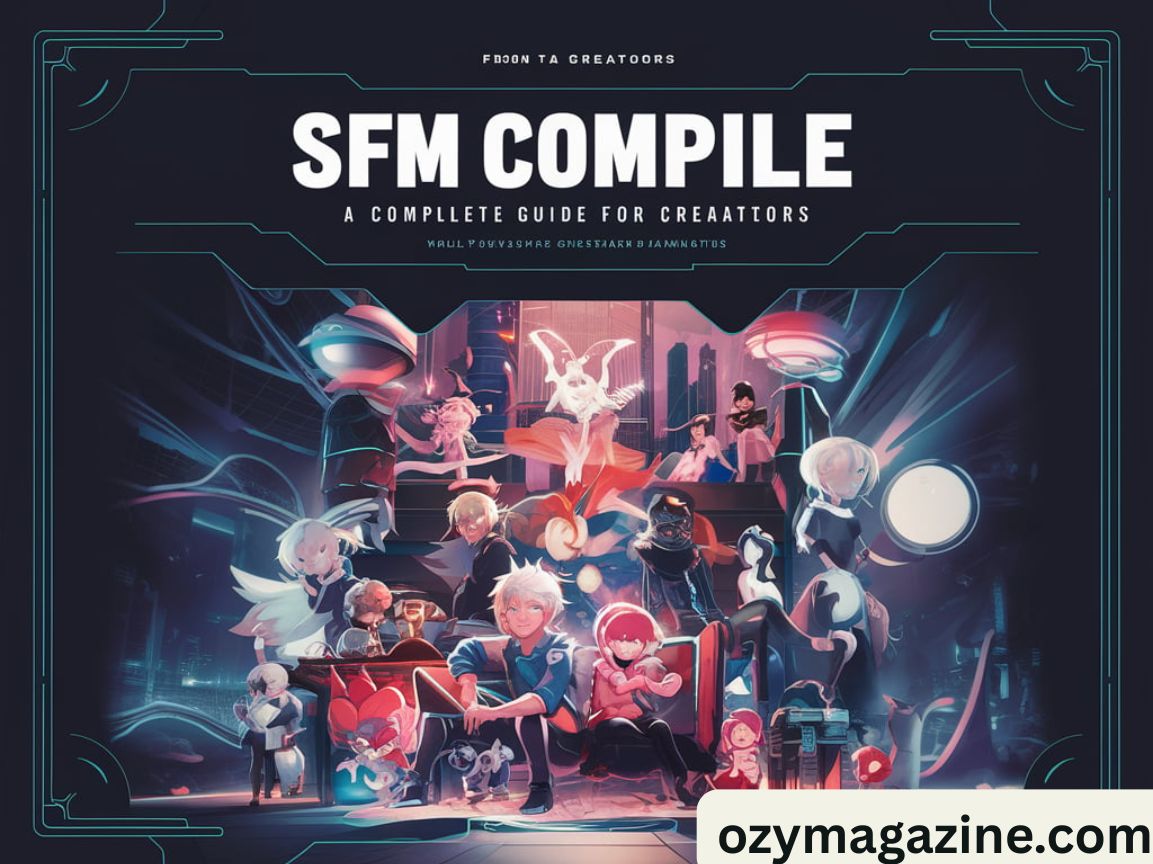SFM Compile is the process of turning models, textures, and animations into files that Source Filmmaker can use. It changes raw assets into finished content for the engine. Without it, custom models cannot work in SFM.
Imagine creating your own character and seeing it move in a film scene. With SFM compile, this is possible. It gives creators freedom to design unique animations.
SFM compile uses tools, scripts, and files to prepare models for animation. It controls physics, textures, and performance. Learning it makes SFM projects smoother and more creative.
What is SFM and Why Compilation Matters
Source Filmmaker is a 3D animation tool created by Valve, originally used to produce cinematic trailers for games like Team Fortress 2. Unlike many other animation platforms, SFM runs directly on the Source engine, which means creators can use the same assets as the games themselves. However, not all 3D models or animations are immediately ready for SFM. They need to be processed through compilation, a method that converts raw source files into formats recognized by the engine.
Compilation matters because it allows creators to design their own characters, props, or animations without being limited to the default content. Without a proper compile, a model may not appear in SFM, textures might fail to load, or physics may behave incorrectly. For animators in the USA who often work on projects ranging from YouTube videos to indie films, having control over the compile process means more freedom to tell stories the way they envision them.
The SFM Compile Workflow
The process of compiling for SFM follows a clear but detailed workflow. It begins with preparing a model or animation in a 3D software program like Blender or Maya. Once the model has been rigged, textured, and checked for errors, it is exported into a format such as SMD or DMX. These exported files then need to be connected to a QC file, which acts as a script containing all of the instructions that tell the compiler how to handle the model.
After writing the QC file, the creator uses a tool such as Crowbar to actually compile the model. The compiler reads the QC file, processes the model data, attaches textures, applies physics, and outputs the finished model in formats like MDL, VTX, or PHY. These compiled files are then placed into the correct SFM directories where they can be loaded and tested in the animation workspace. The workflow is often repeated several times because most creators need to troubleshoot errors, refine textures, or adjust skeletons until the result is exactly what they need.
Table 1: Common File Types in SFM Compilation
| File Type | Extension | Purpose in Compilation | Example Usage |
| Model Source | .smd / .dmx | Defines geometry and skeleton | Character models |
| Texture | .vtf | Stores texture maps | Skin, clothing, props |
| Material | .vmt | Defines how textures render | Shaders, transparency |
| QC Script | .qc | Instructions for compilation | Defines bones, physics, paths |
| Animation | .ani | Stores animation sequences | Character movement cycles |
| Physics | .phy | Physics collision mesh | Ragdolls, prop collisions |
Essential Tools for SFM Compilation

A successful compile requires several tools that work together. The most important is Crowbar, a community-built tool that compiles and decompiles models for the Source engine. Crowbar is considered the gold standard among USA-based animators because of its user-friendly interface and reliability. For modeling, Blender is widely used, and it requires SMD or DMX plugins to export the correct file types. Textures are handled through VTFEdit, which converts images into the Valve Texture Format (.vtf) and prepares them for use with materials (.vmt). Editing QC files and scripts is best done with text editors such as Notepad++ or Visual Studio Code, which provide syntax highlighting that helps catch errors before compiling.
By combining these tools, creators can develop professional-quality assets without needing expensive commercial software. Most of them are free, and tutorials are widely available online, making them accessible for both beginner and advanced animators.
Writing an Effective QC File
The QC file is the backbone of the SFM compile process. It is a plain text file that contains commands which the compiler reads to know how to treat a model. A QC file defines the model’s name, where its textures are stored, the skeleton it uses, and even the physics properties applied to it. For example, a line such as $modelname “characters\mycharacter.mdl” tells the compiler where to place the finished model once it is compiled.
An effective QC file is one that is clean, well-organized, and free from unnecessary or broken commands. Many beginners make the mistake of copying QC files from other projects without adjusting paths or parameters, which often leads to errors. Experienced animators recommend starting small by first writing a basic QC that only includes the model and skeleton, then gradually adding physics, textures, and animations once the basics work correctly.
Table 2: Common Compilation Errors and Fixes
| Error Message | Cause | Solution |
| “Bad command in QC” | Typo in QC file | Double-check syntax |
| “Too many bones” | Model exceeds engine limits | Simplify or merge skeleton |
| Texture not showing | Wrong path in QC or VMT file | Correct the file path |
| Model invisible | Missing reference SMD/DMX | Re-export the model correctly |
| Physics crash | Incorrect PHY setup | Regenerate physics mesh |
Best Practices for a Smooth Compile
Compiling can be frustrating if files are disorganized or if models are too complex for the engine. The best practice is to keep a structured folder system where each project has its own directory for models, textures, and QC files. Consistent naming conventions also prevent path errors that often occur when files are spread across multiple locations. Another best practice is to compile in stages rather than all at once. For instance, test the model first without textures, then add textures, then finally add physics and animations. This approach helps isolate problems quickly.
Many USA creators also recommend keeping backup versions of both QC files and models, since even a small mistake can corrupt an asset. Checking Source engine limits such as maximum bone count or texture resolution before compiling also ensures that projects don’t crash during rendering.
Read Also : Your Ultimate Guide to blakeyeo.com Celebrity News
Optimizing Models for Performance
Performance is one of the most overlooked aspects of SFM compile. High-polygon models or massive texture sizes can cause SFM to lag or even crash during rendering. To optimize performance, models should be simplified with reasonable polygon counts. While highly detailed models may look impressive, most animations do not require extreme detail, especially for background characters or props.
Textures should be compressed and scaled properly. Instead of using several 4096×4096 textures, consider reducing them to 1024×1024 or 2048×2048, which is often more than enough for most SFM projects. Animations can also be optimized by baking them down to keyframes, which reduces the load on the engine. Creators working on hardware commonly found in the USA, such as mid-range gaming PCs or laptops, will benefit significantly from these optimizations because they prevent rendering slowdowns.
Advanced Compiling: Animations and Physics
Once the basics of compiling are mastered, creators can move on to advanced techniques such as compiling custom animations and physics. Animation compiling allows creators to bring unique motion to characters, from simple idle poses to complex fight sequences. This process involves exporting animation sequences into .ani files and referencing them in the QC file. Proper naming and organization are crucial to prevent conflicts with other animations.
Physics compiling is equally important for realism. By generating a .phy file, props and characters gain collision meshes that allow them to interact naturally in SFM scenes. Advanced QC commands also enable ragdoll effects, custom hitboxes, and flexible joint setups that make animations look more lifelike. These advanced compiling methods separate casual creators from professional animators who need precise control over every element of a scene.
Understanding the Role of SFM Compile in Creative Projects

SFM compile is not just a technical step; it is the foundation that allows animators to bring custom characters, props, and environments into their projects. Without compilation, models remain unusable raw files that cannot interact with the Source engine.
By mastering the compilation process, creators gain the ability to fully customize their animations. This opens the door to unique storytelling, cinematic freedom, and smoother production workflows.
Why SFM Compile is Essential for USA-Based Creators
For many creators in the USA, SFM compile ensures that projects run smoothly across a wide range of hardware. Optimized models and textures allow animators to produce high-quality work even on mid-range computers.
Because SFM has a large creator community in the USA, learning compilation also makes collaboration easier. Shared compiled assets mean teams can work together efficiently on YouTube videos, indie films, or personal projects.
The Connection Between SFM Compile and Performance
Performance in Source Filmmaker is directly linked to how well assets are compiled. A poorly compiled model with oversized textures or broken physics can cause crashes or slowdowns.
On the other hand, a clean compile ensures smoother playback, shorter render times, and less frustration. This is especially valuable when deadlines are tight or when working on complex animations.
How SFM Compile Helps Customize Animations

One of the most powerful aspects of compiling is the ability to add custom animations. Creators can design unique movement cycles and import them into SFM to bring characters to life in original ways.
By including animations in the compile, animators are no longer limited to default poses. This flexibility makes it possible to create professional-quality storytelling sequences that stand out from the rest.
The Future of SFM Compile in Animation Workflows
Although SFM has been around for years, its compile process remains central to how creators build projects. As more fans and animators join the community, the importance of learning proper compilation continues to grow.
Future workflows may integrate newer tools and plugins, but the fundamentals of compiling will stay the same. This makes mastering SFM compile today an investment in long-term creative freedom.
Conclusion
Learning how to SFM compile is more than just a technical requirement; it is an essential creative skill for animators and creators. From understanding the workflow to mastering QC files and optimizing performance, every step contributes to smoother animations and higher-quality results. For USA-based animators working on personal projects, professional reels, or even collaborative films, knowing how to compile effectively means unlocking the full power of Source Filmmaker.
With practice, patience, and the right tools, anyone can move beyond default assets and start creating original models, textures, and animations that bring their unique vision to life. SFM compilation may seem daunting at first, but once mastered, it becomes the key that transforms imagination into cinematic storytelling.










